Do you have a question about the ASROCK H110M-HDV R3.0 and is the answer not in the manual?
| Form Factor | Micro ATX |
|---|---|
| Chipset | Intel H110 |
| CPU Socket | LGA 1151 |
| Memory Slots | 2 x DDR4 DIMM |
| Maximum Memory | 32GB |
| LAN | Realtek RTL8111H |
| Storage Interface | 4 x SATA3 6.0 Gb/s |
| Video Outputs | D-Sub, DVI-D, HDMI |
| RAID Support | No |
| Audio | Realtek ALC887 |
| Expansion Slots | 1 x PCI Express 3.0 x16, 2 x PCI Express 2.0 x1 |
| USB Ports | 6 x USB 3.1 Gen1 (2 Front, 4 Rear), 6 x USB 2.0 (2 Front, 4 Rear) |
Standard copyright and usage restrictions for documentation.
Outlines limitations of liability and warranty for documentation contents.
Specific regulations for lithium batteries in California.
Consumer law guarantees for goods in Australia.
Connects the 8-pin ATX 12V power supply to the motherboard.
Provides power and control for the CPU cooling fan.
Slots for installing DDR4 memory modules for system RAM.
Connects chassis fans for system cooling.
Connects the main 24-pin ATX power supply to the motherboard.
Connectors for SATA storage devices like HDDs and SSDs.
Connectors for SATA storage devices like HDDs and SSDs.
Header for connecting front panel USB 3.0 ports.
Header for connecting front panel USB 2.0 ports.
Connects chassis front panel buttons, LEDs, and speaker.
For security and audio feedback from the chassis.
Connects a Trusted Platform Module for enhanced security.
Connects front panel audio jacks for headphones and microphone.
Legacy port for connecting a PS/2 mouse.
Analog video output port for displays.
Ethernet port for network connectivity.
Audio input jack for external audio devices.
Audio output jack for front speakers.
Audio input jack for microphones.
Ports for connecting USB 2.0 devices.
Additional ports for connecting USB 2.0 devices.
Ports for high-speed USB 3.0 devices.
Digital video and audio output port.
Digital video output port.
Legacy port for connecting a PS/2 keyboard.
Lists all items included in the motherboard package.
Describes the physical form factor and design of the motherboard.
Details supported CPU generations, socket type, and power requirements.
Identifies the main chipset used on the motherboard.
Specifies memory types, slots, capacity, and supported speeds.
Lists available expansion slots like PCI Express.
Details integrated graphics capabilities and supported video outputs.
Describes the onboard audio codec and features like 7.1 channel support.
Specifies the network interface controller and its capabilities.
Lists the connectors available on the motherboard's rear panel.
Details storage interfaces like SATA connectors.
Lists various onboard connectors for headers and modules.
Describes the motherboard's BIOS capabilities and features.
Outlines system monitoring functions like temperature and fan speed.
Lists supported operating systems.
Lists the compliance and certification standards the motherboard meets.
Connects chassis front panel power, reset, and LED indicators.
For security and audio feedback from the chassis.
Connectors for high-speed SATA storage devices.
Header for connecting front panel USB 2.0 ports.
Header for connecting front panel USB 3.0 ports.
Connects front panel audio jacks for microphone and headphones.
Connects chassis cooling fans.
Connects the CPU cooling fan.
Main power connection for the motherboard.
Additional power connector for the CPU and motherboard.
Interface for a Trusted Platform Module for enhanced security.
Lists prerequisites for preparing a Windows 7 installation media.
Describes different user situations for creating the installation media.
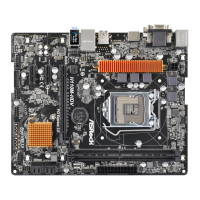



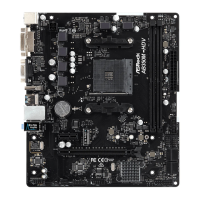


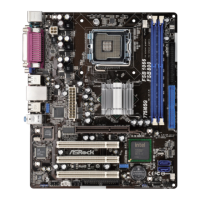


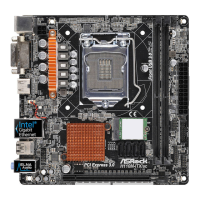
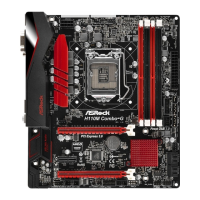
